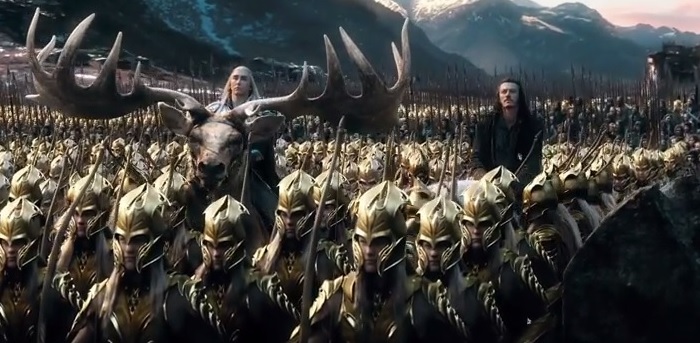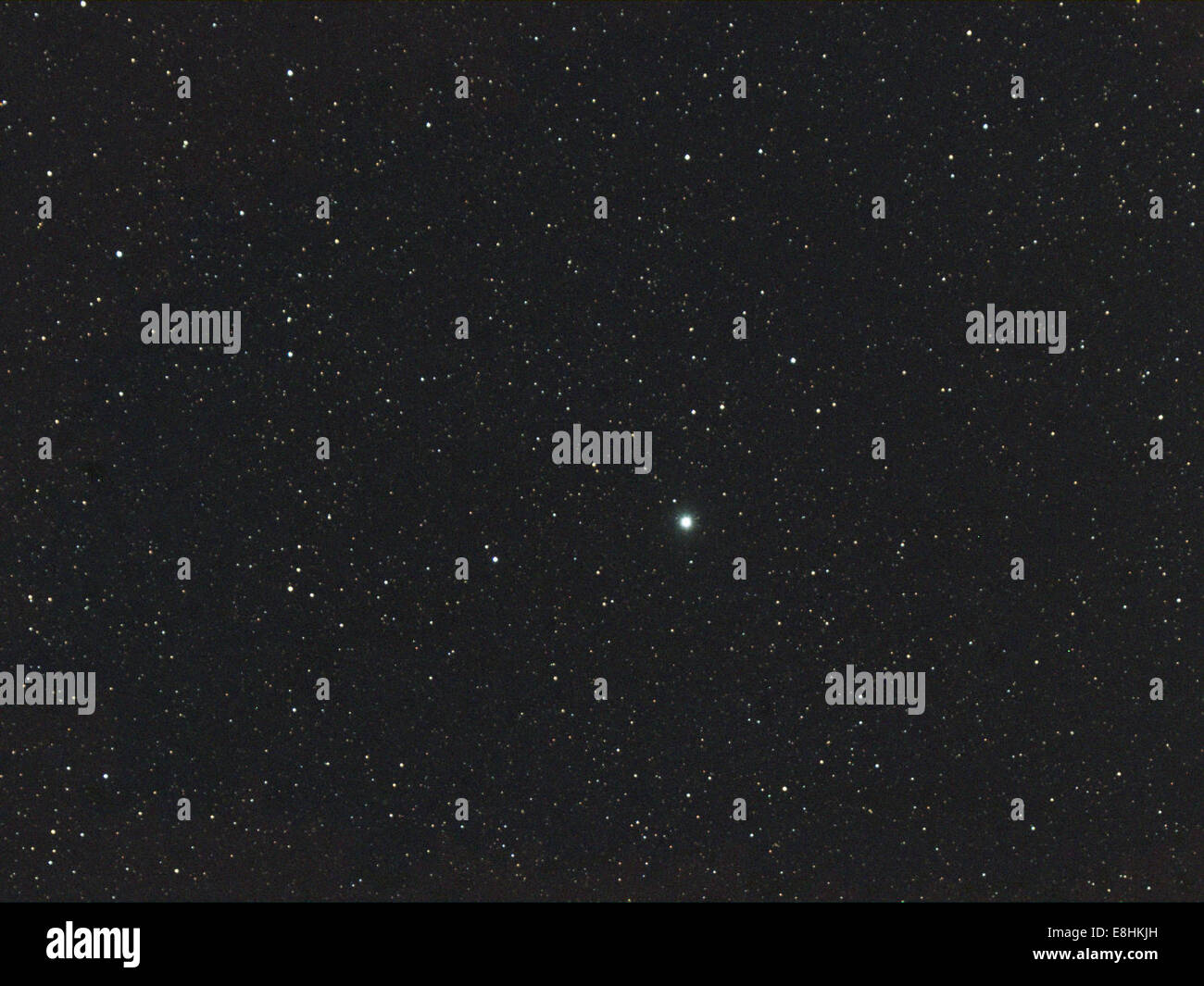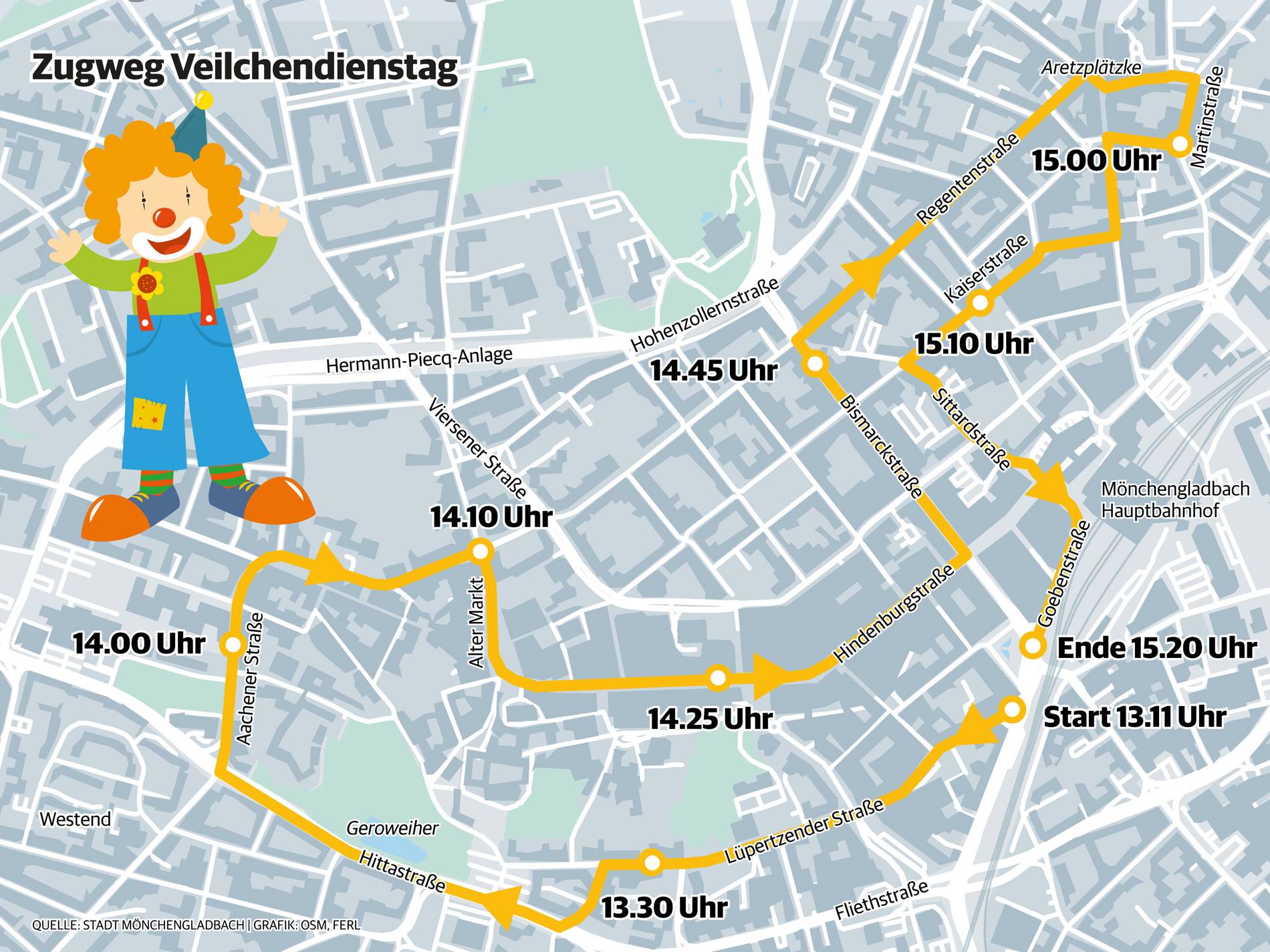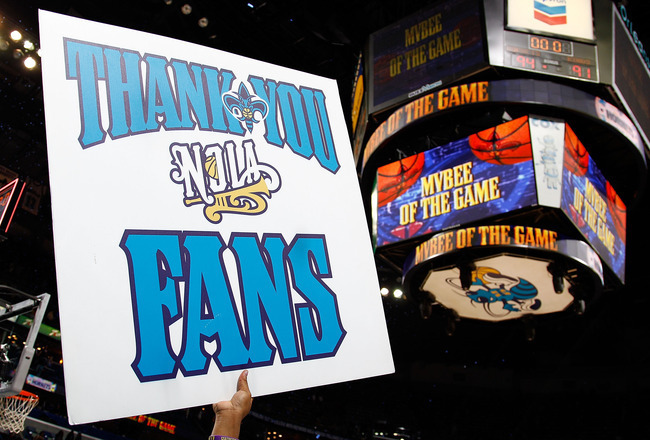Analyzing The Hobbit: The Battle Of The Five Armies: A Critical Review

Table of Contents
Epic Scale and Action Sequences
The Hobbit: The Battle of the Five Armies undeniably delivers on spectacle. The titular battle is a breathtaking display of CGI prowess, showcasing a massive conflict involving dwarves, elves, men, and orcs. The sheer scale is impressive, dwarfing even some of the larger battles depicted in The Lord of the Rings.
- Positive Aspects: The visual effects are, for the most part, seamless and immersive. The choreography of the battle itself is dynamic and engaging, with moments of genuine excitement and awe. Specific sequences, like the aerial combat involving the elves and the devastating power of the war machines, are particularly memorable.
- Areas for Improvement: The sheer scale occasionally leads to a sense of chaos. Amidst the flurry of swords and arrows, it can be difficult to track individual characters or understand the strategic flow of the battle. This lack of clarity somewhat detracts from the overall impact.
- Comparison: While the scale rivals other fantasy battle scenes (e.g., Lord of the Rings: Return of the King), the chaotic nature differentiates it. The clarity and strategic focus of the Helm's Deep battle, for instance, are arguably superior.
Character Development and Arcs
Character development in The Hobbit: The Battle of the Five Armies is a mixed bag. While some characters receive satisfying arcs, others feel somewhat underdeveloped or inconsistently portrayed.
- Thorin Oakenshield: Thorin's transformation from a greedy, obsessed dwarf to a noble, self-sacrificing leader is central to the film. His tragic fate is impactful and emotionally resonant.
- Bilbo Baggins: Bilbo's growth continues, though his role in the large-scale battle is somewhat diminished. His quieter moments and internal struggles are more impactful than his direct participation in the fighting.
- Bard the Bowman: Bard's motivations are clear, and his arc feels relatively complete, providing a satisfying resolution to his character.
- Tauriel: The romantic subplot involving Tauriel (an addition not found in Tolkien’s original work) and Kili feels somewhat forced and detracts from the main narrative. Her character arc, though present, lacks the depth and impact of the other major characters.
Plot Coherence and Narrative Structure
The pacing of The Hobbit: The Battle of the Five Armies feels rushed in places, particularly in its handling of the complex multi-faceted battle. While the film resolves the overarching narrative of The Hobbit trilogy, it does so with some narrative compromises.
- Pacing: The rapid succession of events can leave the audience feeling overwhelmed and slightly disoriented. More time spent developing the political intricacies and character relationships might have improved the narrative flow.
- Resolution: The film's conclusion offers a sense of closure, resolving the primary conflicts and leaving a lasting impact on Middle-earth.
- Plot Contrivances: Certain plot points, such as the convenient appearance of unexpected allies or the somewhat simplified resolution of certain conflicts, feel somewhat contrived.
- Deviations from the Source Material: Significant deviations from Tolkien's The Hobbit continue, sometimes impacting the overall narrative coherence.
Thematic Exploration in "The Hobbit: The Battle of the Five Armies"
The Hobbit: The Battle of the Five Armies explores several key themes that resonate throughout Tolkien’s legendarium.
- Greed: The film effectively portrays the destructive power of greed through Thorin's initial obsession with the Arkenstone, contrasting it with his eventual redemption.
- Heroism: Numerous characters demonstrate heroism, albeit in different ways. From the selflessness of Bilbo to the valiant fighting of the dwarves and elves, the film showcases various forms of courage and sacrifice.
- Loss and Grief: The film poignantly explores the themes of loss and grief through the deaths of key characters and the enduring sorrow of those left behind.
- Redemption and Forgiveness: The narrative arc of Thorin offers a powerful portrayal of redemption and the possibility of forgiveness, even in the face of significant wrongdoing.
Conclusion
The Hobbit: The Battle of the Five Armies offers a visually spectacular, albeit narratively uneven, conclusion to the extended Hobbit trilogy. While the battle sequences are undeniably impressive, the rushed pacing and uneven character development prevent it from achieving the same narrative heights as The Lord of the Rings. The film successfully explores themes of greed, heroism, loss, and redemption, but its narrative shortcomings prevent it from being a truly great film. Ultimately, it serves as a satisfying but imperfect ending to Bilbo’s adventure.
What are your thoughts on the Battle of the Five Armies? Share your critical analysis in the comments below!

Featured Posts
-
 Kelly Graves Latest Recruit A Rising Star From Down Under
May 13, 2025
Kelly Graves Latest Recruit A Rising Star From Down Under
May 13, 2025 -
 Limited Edition Doom Dark Ages Xbox Controller On Sale At Amazon
May 13, 2025
Limited Edition Doom Dark Ages Xbox Controller On Sale At Amazon
May 13, 2025 -
 Top Seeded Sabalenka Advances To Porsche Grand Prix Final
May 13, 2025
Top Seeded Sabalenka Advances To Porsche Grand Prix Final
May 13, 2025 -
 Schoduvel 2025 In Braunschweig Wo Kann Man Den Karneval Live Sehen
May 13, 2025
Schoduvel 2025 In Braunschweig Wo Kann Man Den Karneval Live Sehen
May 13, 2025 -
 Can You Name All The Nba Draft Lottery Winners Since 2000
May 13, 2025
Can You Name All The Nba Draft Lottery Winners Since 2000
May 13, 2025
Latest Posts
-
 Analyzing The Potential Impact Of Resumed Trump Tariffs On Europe
May 13, 2025
Analyzing The Potential Impact Of Resumed Trump Tariffs On Europe
May 13, 2025 -
 Lucid Software And Airfocus Merge Enhanced Features And Integrations
May 13, 2025
Lucid Software And Airfocus Merge Enhanced Features And Integrations
May 13, 2025 -
 The Return Of Trump Tariffs Implications For European Businesses
May 13, 2025
The Return Of Trump Tariffs Implications For European Businesses
May 13, 2025 -
 Airfocus Acquired By Lucid Software Implications For Users And The Market
May 13, 2025
Airfocus Acquired By Lucid Software Implications For Users And The Market
May 13, 2025 -
 Lucid Softwares Airfocus Acquisition Expanding Its Collaborative Workspace Solutions
May 13, 2025
Lucid Softwares Airfocus Acquisition Expanding Its Collaborative Workspace Solutions
May 13, 2025
